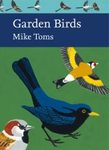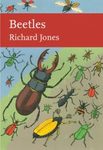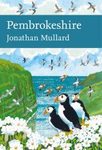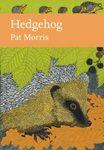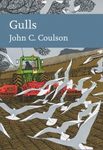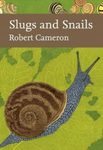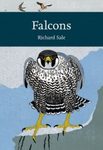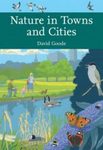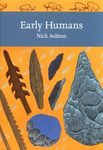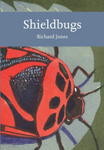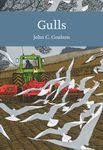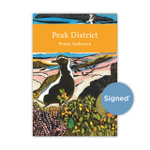Monograph
By: David Cabot(Author), Roger Goodwillie(Author), Fiona Guiness(Illustrator)
464 pages, 406 colour photos and colour & b/w illustrations
Signed, hardback first editions are in stock now: available only while stocks last. This addition to the New Naturalist library examines this unique Irish landscape, shaped by geology, glacial history, botany, zoology and millennia of cultural history.
![The Burren The Burren]()
Click to have a closer look
About this book
Contents
Customer reviews
Related titles
About this book
Signed, hardback first editions are in stock now: available only while stocks last.
The Burren is one of those rare and magical places where geology, glacial history, botany, zoology and millennia of cultural history have converged to create a unique landscape of extraordinary natural history interest. It is without equal to any other area in Ireland or Britain. To the unsuspecting tourist, much of the landscape of the Burren looks bleak, rocky, and inhospitable for any sort of farming. Yet the Burren is an agricultural landscape that has been continuously farmed since the first settlers began clearing the forest cover in the Neolithic period. Today there are several hundred farms within the Burren area. Most of these families live and work there and the farmers are crucial for the Burren's future as an area of unique landscape and ecological interest.
The area attracts any naturalist with an eye for beauty, but it is the intricacies of the species' ecology, their links to the soil or to a particular insect that is really fascinating. It is a veritable paradise for naturalists not only do plants seem to grow on next to nothing, but all the organisms have survived the comings and goings of woodland, the multiple mouths of grazing animals and the passage of several civilisations over 6,000 years. How they have persisted in such exuberance and diversity is a testament to their past evolution and to the gene complement that they have accumulated over several million years previously, allowing them to adapt to a multitude of different conditions.
In this timely addition to the New Naturalist Library, the authors examine the ecology of the Burren, delving into the history of its exploration. One of the overriding concerns is the impact of tourism, which has been accelerated and stimulated by the promotion of the Wild Atlantic Way in recent years. Its impact is currently being addressed by the Geopark LIFE project, along with other tourism-related issues. Any future expansion of the Burren National Park, coupled with more vigilant, but judicious, land management, would have potential to enhance the protection of biodiversity. As the jewel in the ecological crown of Ireland', the area must be imaginatively protected and managed for our present and future generations.
Contents
Editor's preface vii
Authors' Foreword and Acknowledgements ix
1. Perspective 1
2. Burren Explorers 13
3. Shaping the Landscape 65
4. Vegetation History and the Impact of Man 89
5. Uniqueness of the Burren 103
6. Limestone Pavement 149
7. Calcareous Grassland and Heath 187
8. Scrub and Woodland 233
9. Turloughs 273
10. Lakes, Fens and Other Permanent Woodlands 307
11. Maritime Habitats 337
12. The Future 379
References 421
Species Index 441
General Index 457
Customer Reviews
Monograph
By: David Cabot(Author), Roger Goodwillie(Author), Fiona Guiness(Illustrator)
464 pages, 406 colour photos and colour & b/w illustrations
Signed, hardback first editions are in stock now: available only while stocks last. This addition to the New Naturalist library examines this unique Irish landscape, shaped by geology, glacial history, botany, zoology and millennia of cultural history.
"[...] This is a fine addition to the series, and beautifully presented inside Robert Gillmor’s atmospheric linocut jacket with a well-balanced text and illustrations. It is the book which this wonderful place deserves, and one which will have many of us instantly planning an expedition to western Ireland."
– Peter Marren, British Wildlife 30(4), April 2019

















